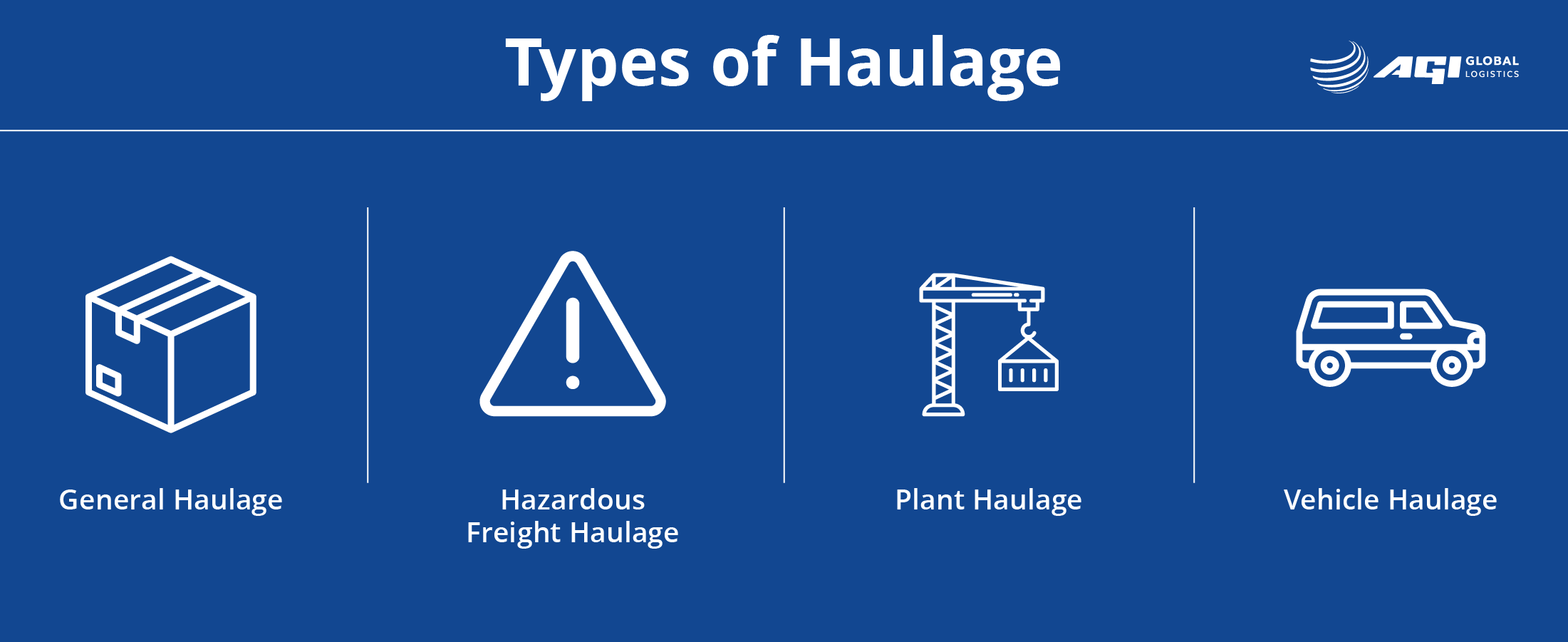
Under the terms, Muscat Municipality takes charge of general cleaning, collection and haulage of solid waste in residential and commercial zones. Be’ah will continue to manage engineered landfills, treatment facilities, and hazardous and medical waste streams. The transition is being framed as part of a broader push for institutional integration and enhanced efficiency within Oman’s solid waste sector.
Officials say steps have been taken to ensure the handover occurs without service interruption. Municipal authorities will deploy their existing fleets and staff, while be’ah recalibrates its role toward infrastructure, oversight and resource-recovery initiatives.
The agreement is anchored in a vision for long-term sustainability. Be’ah is expected to pivot more heavily into circular economy projects, converting waste into value streams. According to its published data, Oman generates roughly 2.3 million tonnes of recyclable waste annually, which, if locally processed, could yield around 530 million rials in revenue.
This move marks a shift in the institutional architecture of waste management in Muscat. When the waste sector was restructured in 2009, be’ah was assigned by Royal Decree No. 46/2009 to consolidate waste management functions across Oman. Past practice saw the municipality gradually cede responsibility in phases: in the wilayats of al Amirat, Mutrah, Qurayyat and Bousher. Muscat Municipality’s press office notes that prior agreements relegated general cleaning to the municipal jurisdiction while be’ah handled bulk transport to its sites.
To manage the operational shift, both entities have established coordination committees. The municipal side will inherit waste-collection routes and containers from be’ah in the zones covered by the new arrangement. Be’ah’s focus will narrow toward maintaining landfill capacity, ensuring compliance with environmental standards, and expanding waste-to-energy and recycling technologies.
Analysts see potential gains if the transition succeeds: better responsiveness to local needs, faster adaptation of collection networks, more direct accountability to residents. But risks remain. The municipality must absorb not just logistical assets but also technical capability for route optimisation, vehicle maintenance and data analytics. Be’ah must recalibrate its financial model to lean more heavily on user fees, technology licensing and resource recovery revenue.
It remains unclear whether tariff structures will change. Some residents and business associations have noted that municipal agencies often operate on fixed budgets, which could constrain responsiveness during peaks in waste volumes, such as during festivals or extreme weather.
The timing of this move dovetails with Oman Vision 2040, which emphasises sustainable urban development, environmental protection, and the transition to a circular economy. Officials are positioning the waste-management handover as a foundational reform in that larger national strategy.
Topics
Oman
